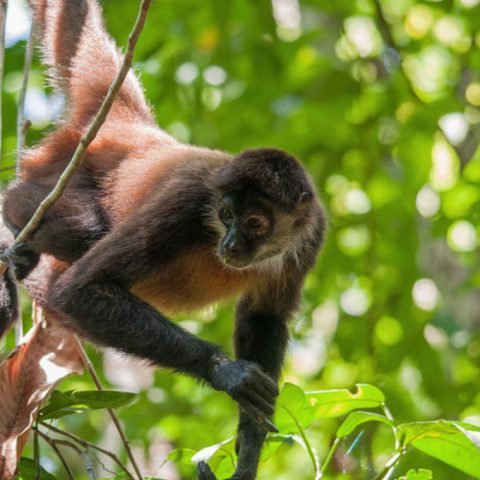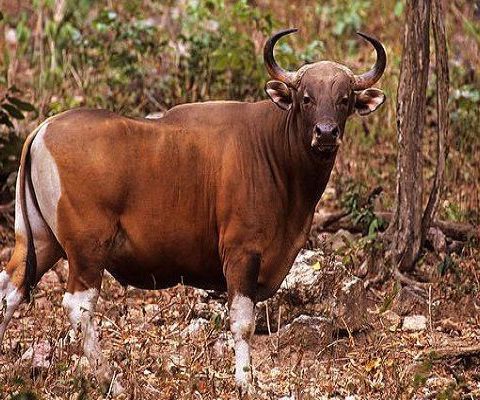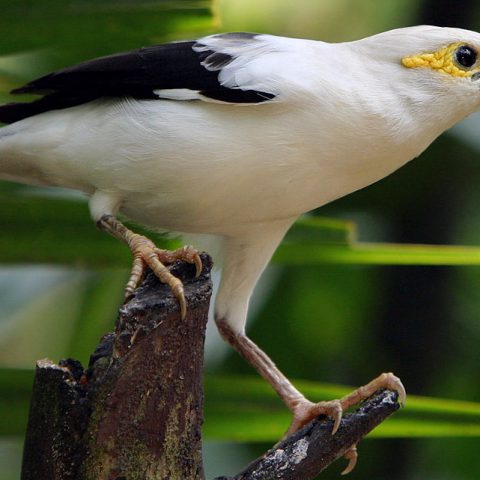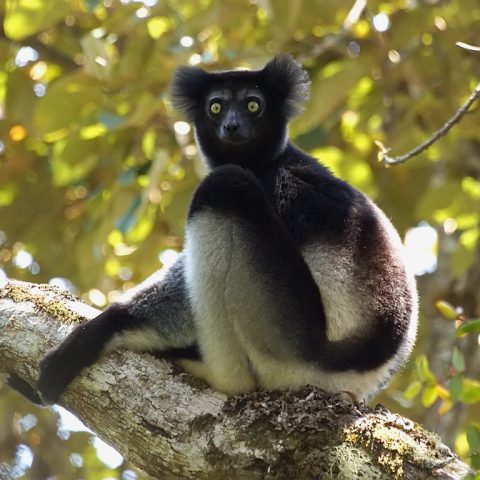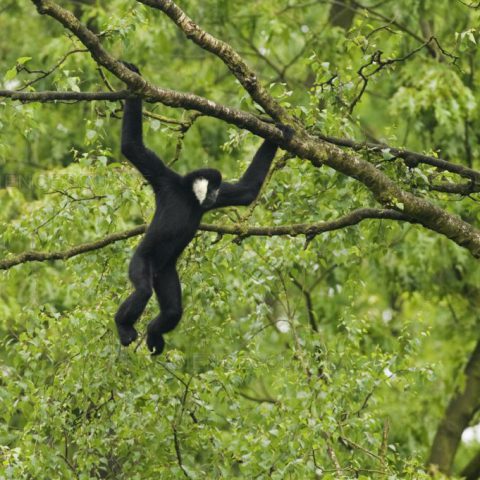Dryas Monkey
![]() Critically Endangered
Critically Endangered
Population
It is estimated the fewer than 200 individuals remain in the wild
Size
Body size varies between 40 to 55 centimetres, while having a tail which ranges from 50 to 75 centimetres
Weight
Weighs between 4 to 7 kilograms
Countries
Democratic Republic of Congo
Distribution
The species is only found in the Congo Basin and is further restricted to the left bank of the Congo River
Description
The Dryas Monkey has a short black muzzle with white whiskers along with a short white facial beard. The species also sports greyish chestnut colours along its body. The tail has some white colouring while the rest of the body is coloured ranging from grey to darkish brown and black.


Quick Facts
Key behaviour of Dryas Monkey include:
- Dryas Monkeys are very social animals, and live in large groups of around 30 individuals and even with mixed species. Generally only 1 male is found in a group
- Visual and oral communication is important to the species
- The species on average lives between 10 to 15 years in the wild
- Gestation period lasts for 5 months for the species
The species’ diet mainly consists of a vegetarian diet consisting of fruits, young leaves and flowers. However due to the preferred food being seasonal the species has been known to eat small insects as a substitute
The preferred habitat of the Dryas Monkey is secondary forest locations, however the species does inhabit lowlands, rivers and swampy areas
Little is known as to why the species is in such rapid decline, partly due to the species being very rarely seen or studied. Some reasons that are believed to be impacting the species existence include:
- Poaching for meat
- Habitat loss due to logging and other human activity
- General lack of knowledge of the species
Conservation Efforts
There is very little known about the species as none are found in captivity and with the only conservation efforts being national parks and reserve around where the species lives. To help bring the species back conservation efforts need to greatly increase for the species and the knowledge of the species is required as a first step. The species was recently videoed for the first time.



